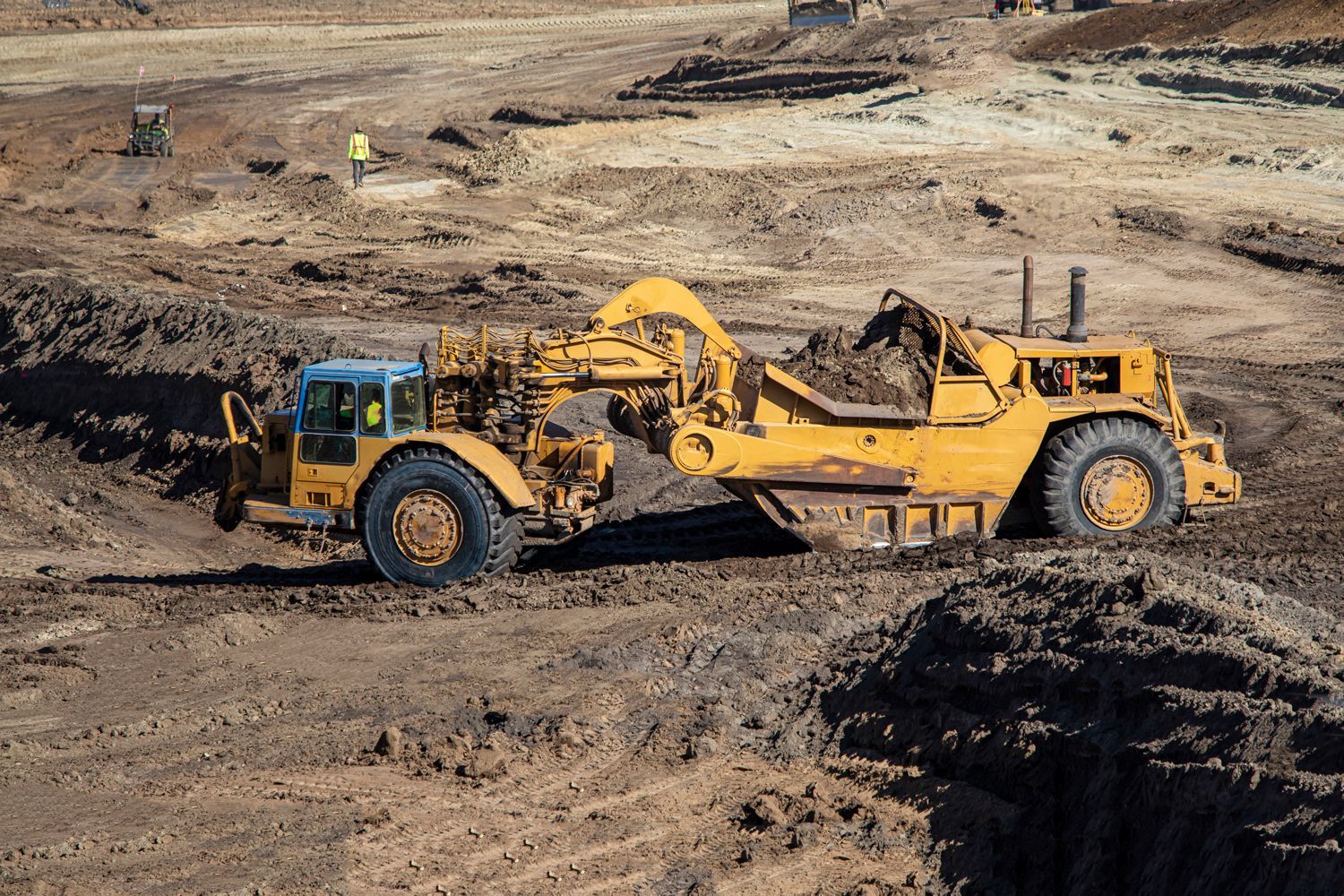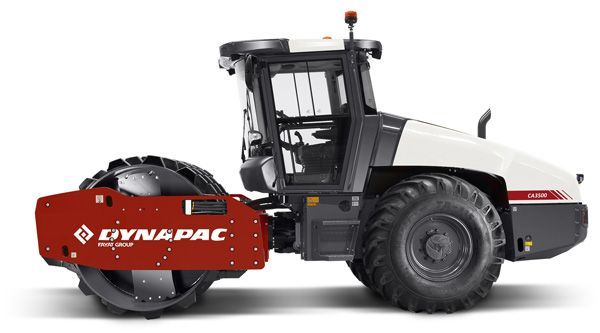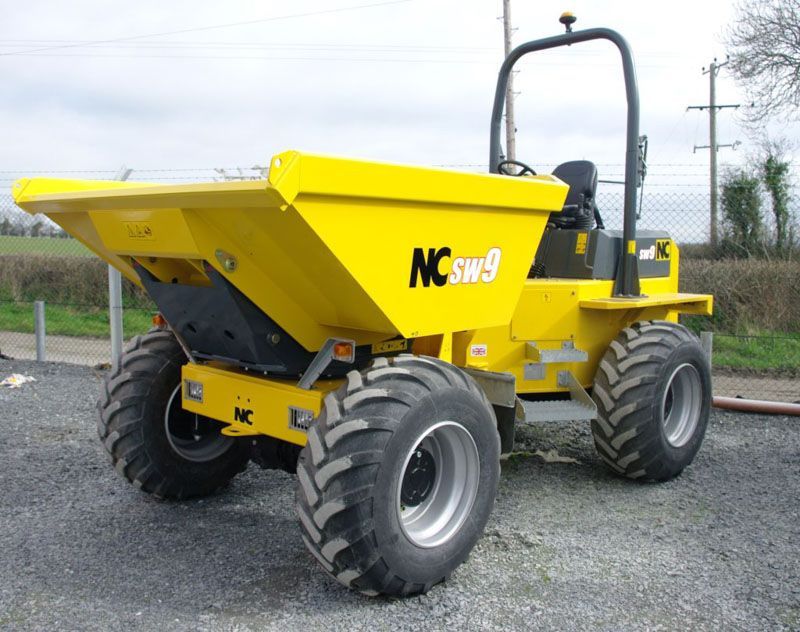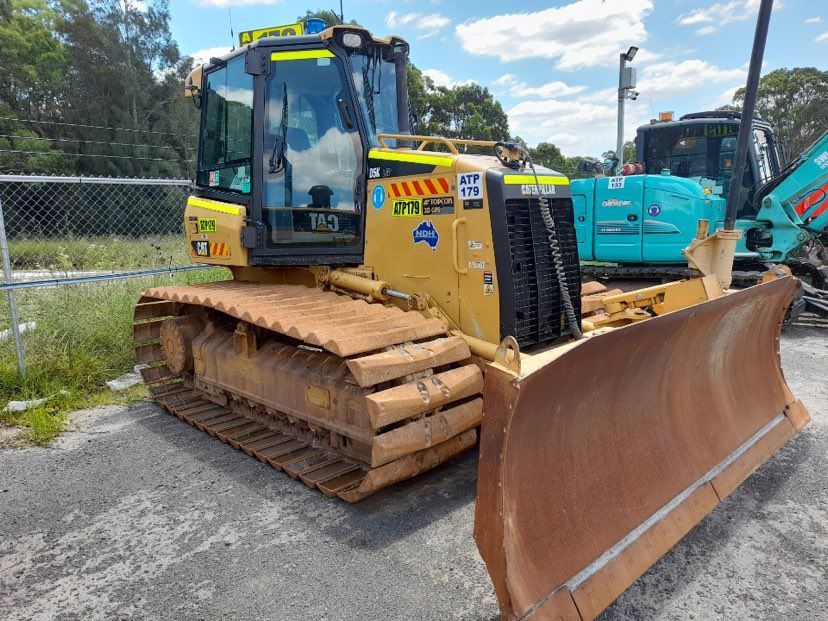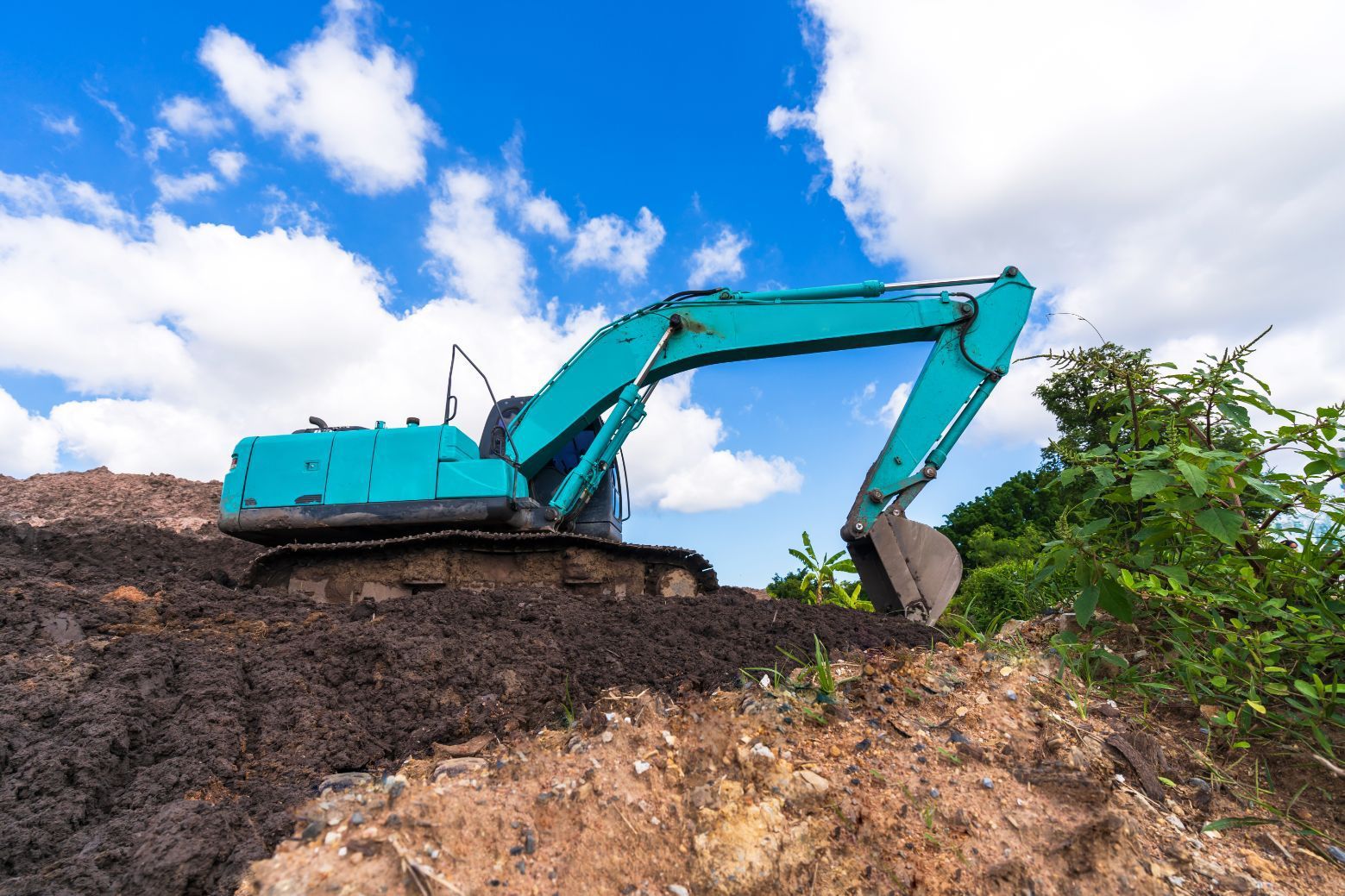What is a grader in construction?
...and other answers you need to know about graders.
For anyone in the construction industry, getting an understanding of all the machines available is essential – and graders are no exception. Graders not only help ensure that a site is properly levelled, but offer an array of other uses that make them invaluable when it comes to working on different surfaces and in varying conditions around your construction site.
In this blog post, we’ll look at what a grader is, its various uses, how they operate, and where they are best utilised within your specific building process.
What is the difference between a grader and a dozer?
While both graders and dozers are commonly used in construction, they serve different purposes. A grader is primarily utilised for precision grading and levelling surfaces, such as roads, foundations, and large areas of land. It features a long, adjustable blade mounted underneath the machine's frame, used to create smooth and even surfaces.
On the other hand, bulldozers are designed for heavy pushing and rough grading tasks, since they’re equipped with a large, wide blade at the front and are ideal for clearing and moving large quantities of soil, debris, or other materials. Choosing between a grader and a dozer will depend on the scale of your project and the types of jobs that need to be done – but graders are usually best for detailed work and dozers are ideal for more general earthmoving purposes.
What is a grader mainly used for?
Graders are primarily used for grading, levelling, and shaping surfaces in construction projects, and are commonly employed to prepare sites for road construction, create building foundations, establish drainage slopes, and maintaining unpaved roads.
Graders excel is in providing a smooth and even surface for job sites, ensuring proper water drainage and optimal conditions for subsequent construction activities, since their precise blade control and ability to remove excess materials make them essential for achieving desired grades and slopes on construction sites.
What are the different types of graders?
There are various types of graders available, each designed to suit specific construction requirements, with the most common types including motor graders, towed graders, and articulated graders.
Motor graders are self-propelled vehicles with a blade mounted between the front and rear axles, allowing for precise control and manoeuvrability. Towed graders are pulled by another vehicle and are typically used for smaller-scale projects. Articulated graders feature a hinge between the cab and the rear frame, enhancing manoeuvrability on rough terrain and uneven surfaces.
What is the capacity of a grader?
Graders are not typically measured in terms of load capacity like other construction equipment. Instead, graders are characterised by their blade width, engine horsepower, and operating weight.
Blade widths can range from about 8 feet to 24 feet, while engine horsepower varies from around 100 to over 500 hp. In addition, the operating weight of graders can range from 7 to more than 27 metric tonnes – which is why the appropriate capacity of a grader depends on the specific project requirements and the desired level of grading precision.
How does a grader blade work?
The grader blade is attached to the grader's frame and can be adjusted horizontally, vertically, and at different angles to achieve the desired grading results. The blade is controlled by the operator, who adjusts its position and angle using hydraulic controls, and by manipulating the blade, the grader can cut and move materials, redistributing them to achieve the desired grade, remove bumps or depressions, and create a smooth and level surface.
What are the advantages of a grader in construction?
Graders offer several advantages in construction projects, since their precision and control enable accurate and fine grading, ensuring proper drainage and establishing even surfaces for safe and efficient construction activities.
Graders also contribute to increased productivity by minimising the need for manual labour and reducing the time required for surface preparation. Additionally, their versatility allows for various blade adjustments, making them suitable for different types of grading tasks, as well as enhancing project efficiency and cost-effectiveness by reducing the need for rework and ensuring the proper alignment and quality of finished surfaces.
And if you're still stuck trying to decide which grader is right for your next construction or earthworks project, don't worry – National Dry Hire got your back and will make sure you’re provided with the grader you need with our diverse dry hire range. Just get in touch with us and we’ll help you choose the right type of grader for the job.
Equipment hire
Locations
Contact
Address: National Dry Hire, 2 Sedgwick St Smeaton Grange NSW 2567 Australia
Opening Hours
- Mon - Fri
- -
- Sat - Sun
- Closed
Like our service?
Rated 5 stars from 20 reviews
© 2021-2023 National Dry Hire | Privacy Policy | Designed by iseekplant.com.au

